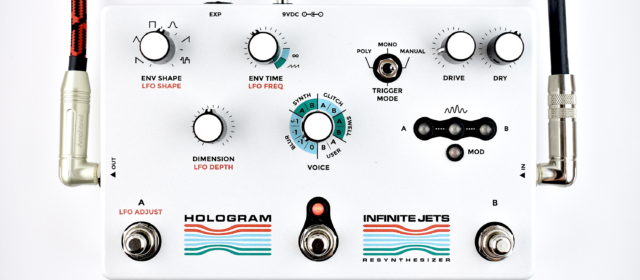
Notably, some of the controls have secondary options, which are morphed to when the Alt footswitch is pressed. There are some traditional sounds on offer, the majority of the six sounds the pedal has on board are designed not to emulate the sound of a particular space but instead to create distorted, glitchy and dynamic ambiences. The Rooms is a strong candidate for addition to your ambient board: it’s stereo, it has a multitude of controls, core sounds and expressive capabilities, potentially infinite sustain and of course, that lick of Death By Audio’s signature sonic chaos.

– Not for those looking for a clean reverb + Alt switch function for control-morphing The extra control and quantisation also lets you adjust how wild and atonal your creations are.ĭescription: Pitch-drifting reverb made of cascading delays with support for expression and CV control over pitchĬontrols: Length, diffuse, dampen, reflect, drag (pitch drift), mix The pitch-shifted reverb trails are excellent ingredients for cooking up a soundscape, and if you so please, can completely take over your signal. The Mode control introduces varying amounts of quantisation, meaning you can have completely smooth drifting all over the place, or some arpeggiation locked to a certain scale. The Drag control, now adjustable via an expression pedal, sweeps your reverb trail up through a certain set of pitches. The pedal’s big selling point is the interaction between the Mode control and the Drag control, with the former adjusting the latter’s behaviour.
Hologram microcosm vs infinite jets full#
The latest version of EQD’s Afterneath takes a tried and tested digital reverb algorithm chock full of ethereal spaciness and pitch-shifting oddness and adds yet more features. + Pitched reverb can be very synth-like and musical Mono or stereo: Stereo Earthquaker Devices Afterneath V3 Price: $449 (direct from Hologram Electronics)ĭescription: Granular multi-effects unit with phrase looperĬontrols: Effect selector knob, knobs for ‘Activity’, modulation shape and frequency, filter frequency and resonance, mix, delay time, delay repeats, reverb space and time, loop level and loop fade time, bypass footswitch, tap-tempo/rec/play/dub footswitch and hold/stop/erase footswitch The best ambient guitar pedals at a glance: There are countless other creative ways pedal makers have allowed guitarists to create ambient sounds, so let’s dive in. In this context, too, delays and reverbs are often favoured for their cleaner, less abrasive approach to creating sustain. Sustain can be extended ‘naturally’ with overdrive, distortion or harmonic feedback, but delays and reverbs also extend a note or chord, and can offer some interesting ways to manipulate it. A note’s attack can be hidden by EQ-ing out high end, or by rolling up your volume control (or a volume pedal) after strumming to create swells. These two things can be achieved in countless ways. So, in order to create a fuller ambience, the general approach is to do two things: soften the attack of a note and extend its sustain.

The inherent sound of an electric guitar note is not particularly ‘ambient’ in itself – there’s a strong transient and then a relatively fast falloff.

In either case, an ambient pedal’s key feature is transformation. Some ambient players rely purely on sustain and space from lengthy reverbs, while others prefer to use layered guitar sounds to create an abstract soundscape.

What makes a pedal good for ambient music? We’ve compiled a list of stompboxes that are sure to aid you on your soundscaping journey. To do so, however, you’re going to need the right pedals. The argument that your whole rig is an instrument is strongest in the context of ambient music: coaxing textures, drones and shifting patterns out of your gear becomes an art in itself.


 0 kommentar(er)
0 kommentar(er)
